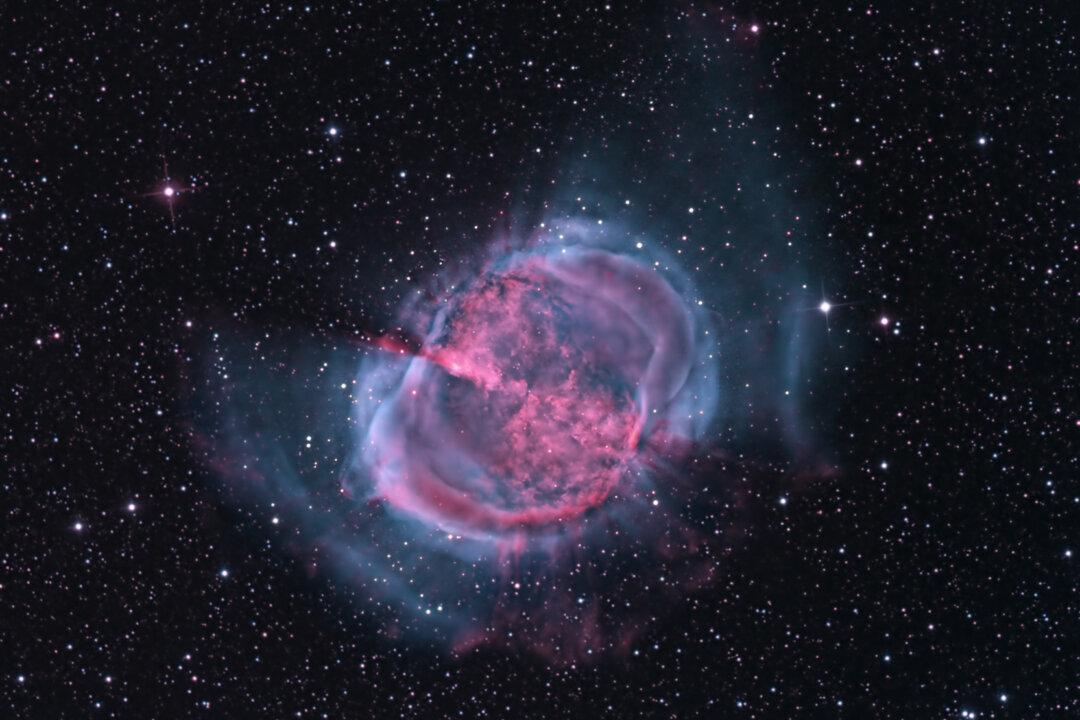The search continues for extraterrestrial life. Finding it could, however, not only be very difficult with our current level of technology, but could also radically change the way we live or the way of life for the E.T. we find.
Whether we find alien microbes on the surface of Mars or on another distant world, or whether we come into contact with a distant, advanced civilization, our science will no doubt expand greatly and our understanding of the universe could drastically improve.
The first question to consider is whether life even exists out there for us to contact?
The answer is most likely “Yes,” according to the Drake Equation. The Drake Equation was first presented by Dr. Frank Drake in 1961. Drake is one of the pioneers in the search for extraterrestrial life; he studied radio astronomy at Harvard and held various posts in the field, including work for NASA’s Jet Propulsion Laboratory, work as a professor at Cornell University, and as the director of the Arecibo Observatory in Puerto Rico. He used a relatively simple formula to predict the number of technologically advanced civilizations in our galaxy.
The Drake Equation is: N = R* x fp x ne x fl x fi x fc x L
N = The number of civilizations in the Milky Way galaxy that could have detectable electromagnetic emissions.
R* = The rate of formation of stars suitable for the development of intelligent life.
fp = The fraction of those stars with planetary systems.
ne = The number of planets, per solar system, with an environment suitable for life.
fl = The fraction of suitable planets on which life could actual appear.
fi = The fraction of life-bearing planets on which intelligent life could emerge.
fc = The fraction of civilizations that could develop a technology that releases detectable signs of their existence into space.
L = The length of time such civilizations could release detectable signals into space.




